Yardi Matrix: The New Las Vegas
Las Vegas is seeking to broaden its identity, pivoting away from the Sin City image to a more convention-centric, diversified economy that will hold up better during cyclical valleys.
Following a few years of solid job growth, Las Vegas is seeking to broaden its identity, pivoting away from the Sin City image to a more convention-centric, diversified economy that will hold up better during cyclical valleys. However, the leisure and hospitality sector continues to be the main economic driver, employing nearly a third of the workforce. With projects such as Genting’s $4 billion Resorts World Las Vegas in the works, the sector will clearly remain the metro’s economic cornerstone.
Efforts to diversify include the new Global Business District, although it has been disappointing so far. Tourism remains high, and visitor spending is increasingly shifting from gambling to entertainment and restaurants. The continued growth of the Union Health Village project in Henderson is boosting healthcare employment. The image shift applies throughout the state, with Reno, for example, in the midst of a growth surge due to the arrival of large employers such as Tesla, Switch and Apple. Supply in Reno’s small apartment market is not keeping up with demand, leading rents to grow by nearly 9% over the past year.
Demand for units in Las Vegas is growing with the population, leading to a surge in the pipeline, which has roughly 11,000 units in some form of development. We expect rents will continue their moderate path, and grow by 4.2% in 2016.


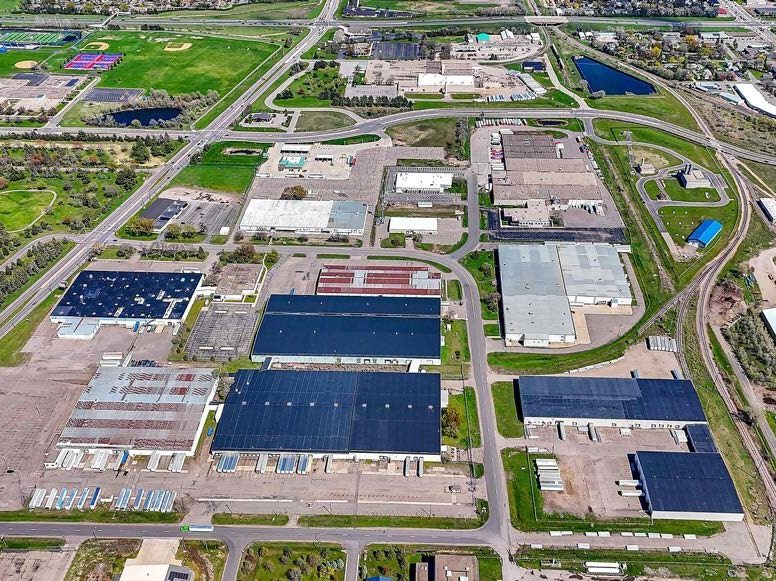
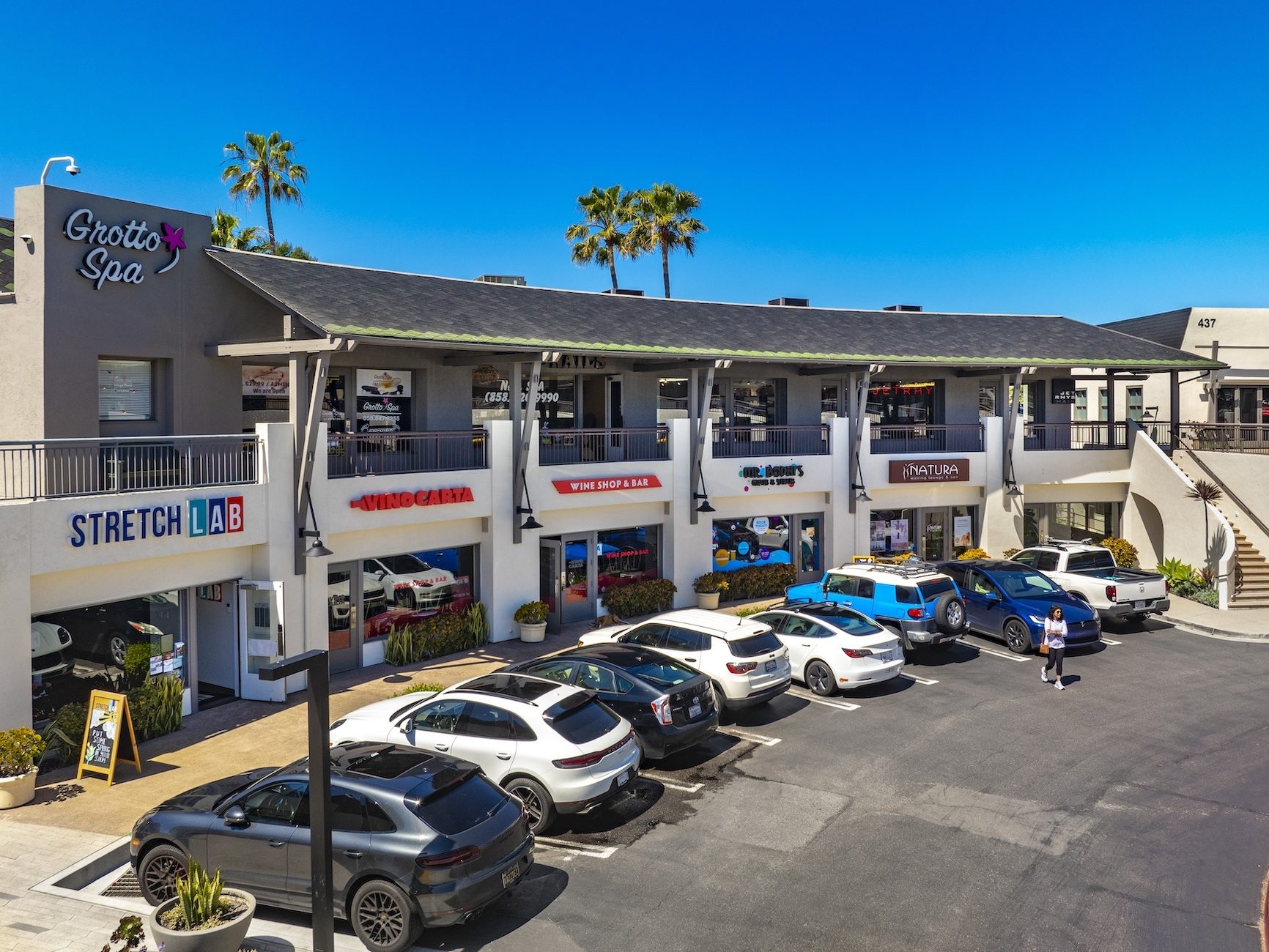
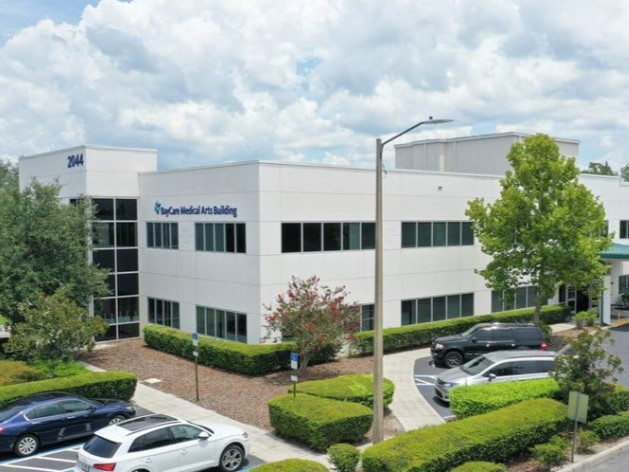
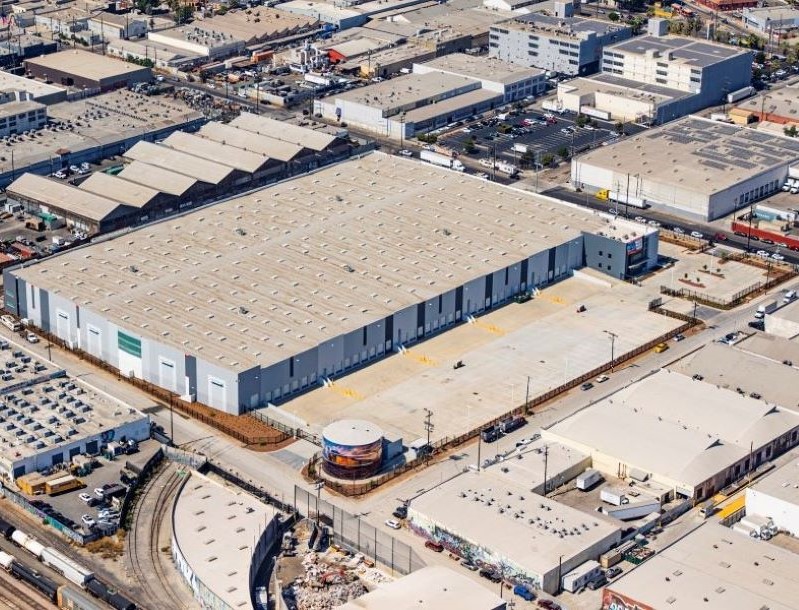
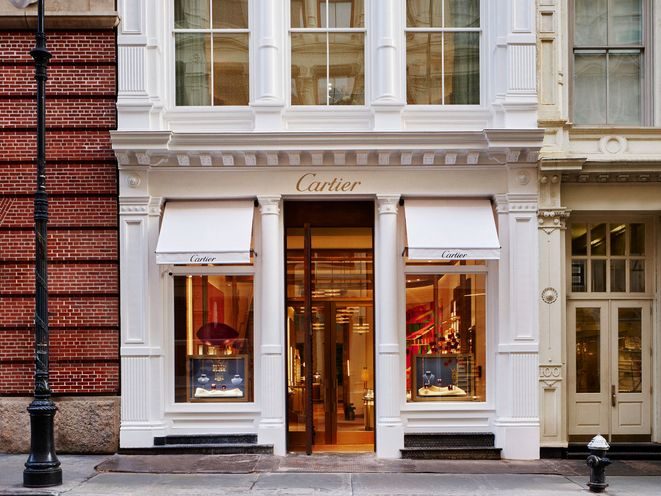
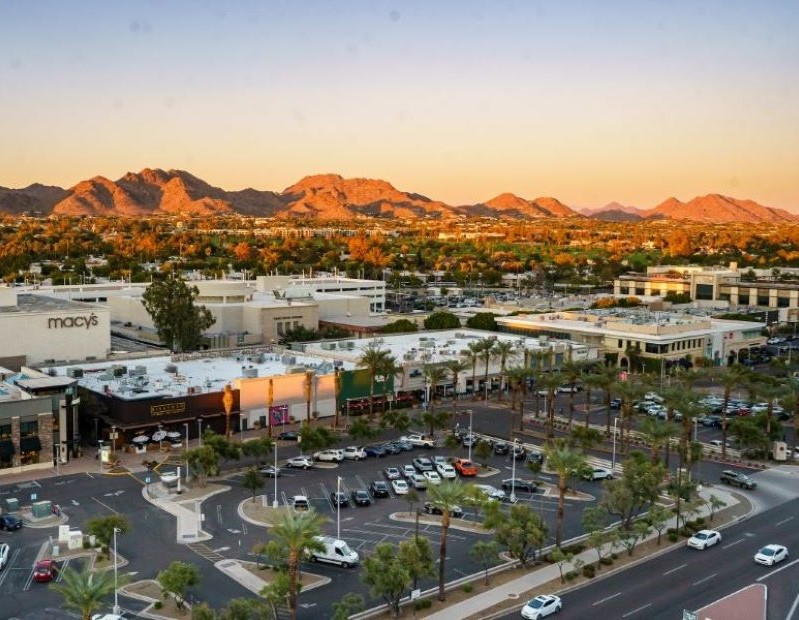
You must be logged in to post a comment.